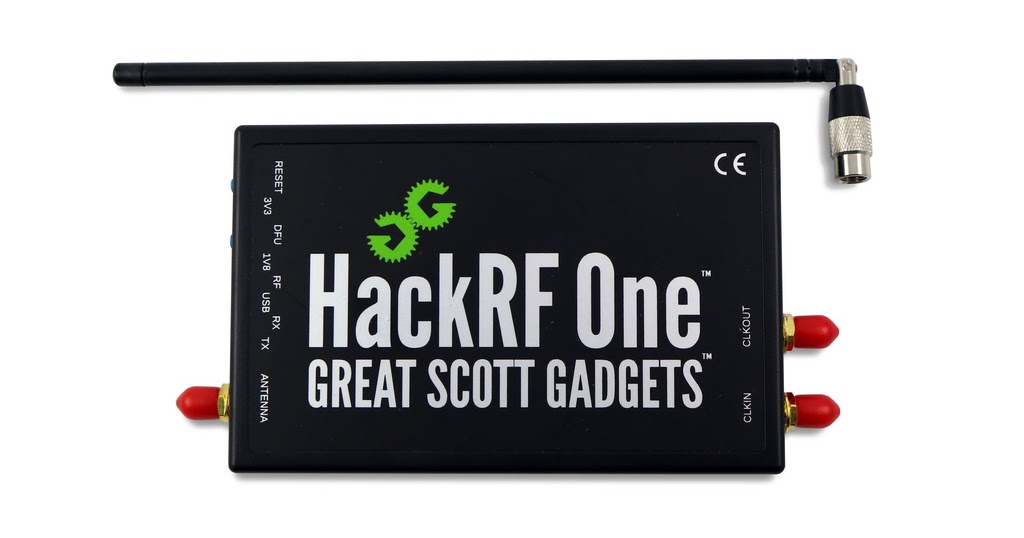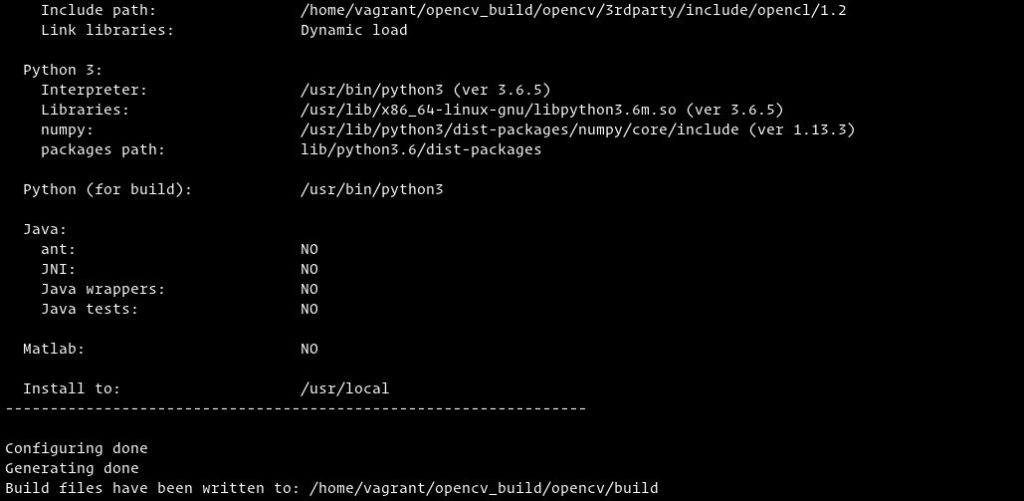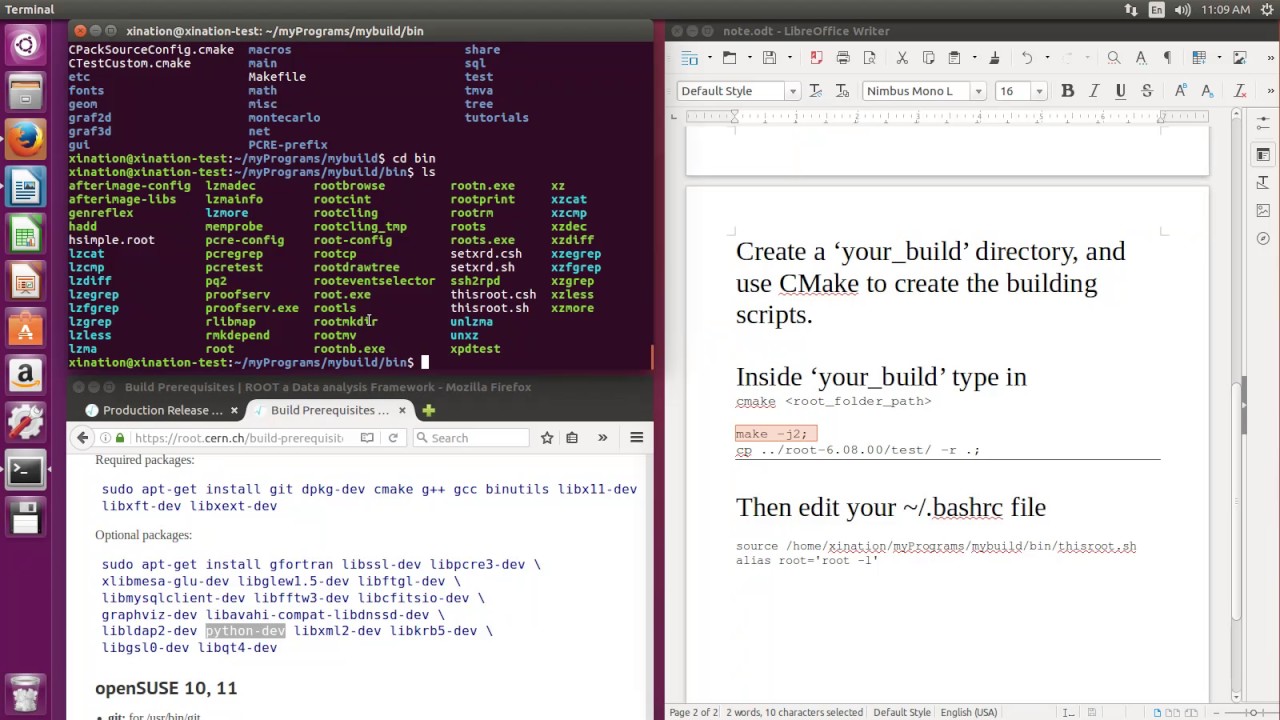

#Cmake ubuntu install#
$ sudo apt-get install libxvidcore-dev libx264-dev You’ll need the following packages so you can work with your camera stream and process video files: $ sudo apt-get install libavcodec-dev libavformat-dev libswscale-dev libv4l-dev Next, let’s include video I/O packages as we often work with video on the PyImageSearch blog. Otherwise (or once libjasper-dev is installed), keep going. Sudo apt install libjasper1 libjasper-dev If you receive an error about libjasper-dev being missing then follow the following instructions: sudo add-apt-repository "deb xenial-security main" Now let’s try to install libjasper-dev : $ sudo apt-get install libjasper-dev The following image I/O packages will allow OpenCV to work with image files: $ sudo apt-get install libjpeg-dev libpng-dev libtiff-dev OpenCV is an image processing/computer vision library and therefore it needs to be able to load standard image file formats such as JPEG, PNG, TIFF, etc. Next, we need to install some OpenCV-specific prerequisites. You most likely already have pkg-config installed on Ubuntu 18.04, but be sure to include it in the install command for sanity. Before we begin, open a terminal or connect via SSH.įrom there, we need to refresh/upgrade the pre-installed packages/libraries with the apt-get package manager: $ sudo apt-get updateįollowed by installing developer tools: $ sudo apt-get install build-essential cmake unzip pkg-config Step #1: Install OpenCV dependencies on Ubuntu 18.04Īll steps today will be accomplished in the terminal/command line.


That’s easy enough, so let’s get on with installing OpenCV on Ubuntu 18.04. Let’s see which version is installed on our system: $ python3 -versionĪnd now, let’s launch a Python 3 shell just to test the waters: $ python3 To run Python 3 on Ubuntu 18.04, you must call python3 explicitly. Let’s familiarize ourselves with Python 3 on Ubuntu 18.04. Step #0: Get comfortable - you’ll be using Python 3.6 If you need Python 2.7 support, read this entire guide first and then check the first question of the Troubleshooting your install (FAQ) section near the bottom of this blog post for some Python 2.7 pointers. Given that, this guide supports Python 3. You can still install Python 2.7 if-needed, but now Python 3 is the default on the OS. One major change in Ubuntu 18.04 is that they’ve dropped Python 2.7 completely. Note: While you won’t see an Ubuntu 17.10 specific guide here on my blog (non -LTS), these instructions may work with 17.10 (you’ll just have to proceed at your own risk).
#Cmake ubuntu how to#
To learn how to stand up your Ubuntu 18.04 system with OpenCV, just keep reading. Let’s get down to business and install OpenCV with Python 3 bindings.

#Cmake ubuntu upgrade#
That said, if you want to upgrade to Ubuntu 18.04 and use the latest-and-greatest, I think you’ll be quite pleased with the new changes in Ubuntu 18.04. Support for Ubuntu 16.04 LTS continues until April 2021 so rest-assured - you don’t have to upgrade your 16.04 OS to continue working on your image processing projects. On April 26, 2018, they’ve released a new Long Term Support (LTS) version of Ubuntu for the community: Ubuntu 18.04 LTS (Bionic Beaver). The folks at Canonical have been working hard.
#Cmake ubuntu code#
Click here to download the source code to this post


 0 kommentar(er)
0 kommentar(er)
